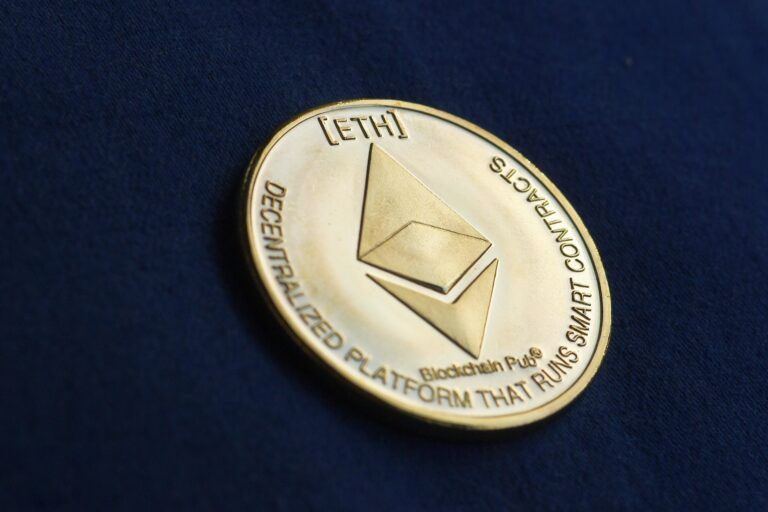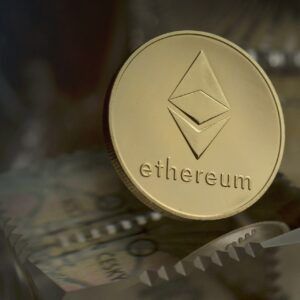On Friday (September 9), the “Ethereum London” community explained in a succinct way what Google is going to show respect for the highly impressive engineering behind Ethereum’s Merge upgrade.
Here is how Ethereum Foundation explains the Merge, which according to Ethereum creator Vitalik Buterin is expected to take place around September 15:
“The Merge represents the joining of the existing execution layer of Ethereum (the Mainnet we use today) with its new proof-of-stake consensus layer, the Beacon Chain. It eliminates the need for energy-intensive mining and instead secures the network using staked ETH. A truly exciting step in realizing the Ethereum vision – more scalability, security, and sustainability.
“It’s important to remember that initially, the Beacon Chain shipped separately from Mainnet. Ethereum Mainnet – with all it’s accounts, balances, smart contracts, and blockchain state – continues to be secured by proof-of-work, even while the Beacon Chain runs in parallel using proof-of-stake. The approaching Merge is when these two systems finally come together, and proof-of-work is replaced permanently by proof-of-stake.
“Let’s consider an analogy. Imagine Ethereum is a spaceship that isn’t quite ready for an interstellar voyage. With the Beacon Chain, the community has built a new engine and a hardened hull. After significant testing, it’s almost time to hot-swap the new engine for the old mid-flight. This will merge the new, more efficient engine into the existing ship, ready to put in some serious lightyears and take on the universe.“
There are three reasons for the Merge:
There are three main reasons:
- to make the Ethereum network use much less energy
- to make the Ethereum network more secure
- to prepare the Ethereum network for future protocol upgrades (such as sharding)
Sam Padilla, a member of the Google Cloud team, sent out the following tweet on September 9:
And a short time later, Ethereum London tweeted:
And this is what Ethereum core developer Peter Szilagyi thins about Google’s “easter egg”:
Image Credit
Featured Image via Pixabay









